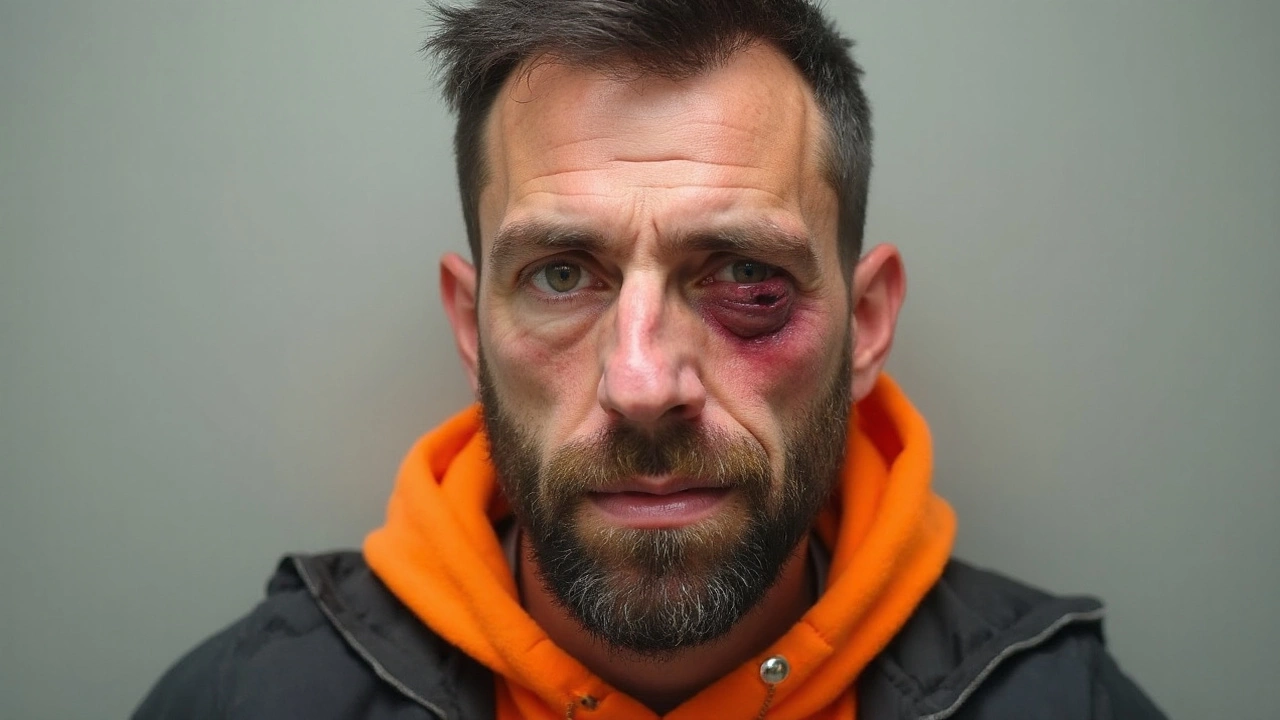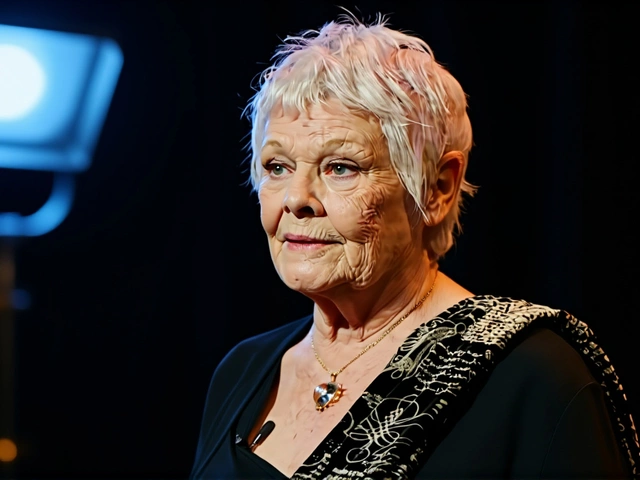The high‑speed showdown on the M4
On a brisk autumn morning, officers on the M4 motorway spotted a white van with obviously fake registration plates weaving erratically between lanes. The vehicle belonged to Nathan Krishnan, a 43‑year‑old with a string of convictions for illegal driving, theft and violent offences. When police attempted a standard roadside stop, Krishnan accelerated, forcing the pursuit to turn into a dangerous cat‑and‑mouse game.
After a tense chase lasting several minutes, three police cars managed to box the stolen van in a narrow stretch near junction 34. Instead of surrendering, Krishnan slammed the van into two of the police vehicles, sending both crashing into the hard shoulder. The impact was enough to disable the police cars but not to halt Krishnan’s escape, who tried to drive forward before being tackled and arrested by officers on foot.
During the subsequent police interview, Krishnan offered "no comment" to every question and was reported to have laughed when asked about the reckless behaviour. The footage of the collision, later released by the police, sparked outrage on social media, with many calling for harsher penalties for repeat road offenders.
Court verdict and wider implications
At Swansea Crown Court, Justice Helen Davies described Krishnan’s criminal history as "appalling" and highlighted his utter disregard for public safety. He was convicted of driving while disqualified – his 21st such offence – and aggravated vehicle taking. The judge imposed an 18‑month custodial sentence, a 33‑month driving ban, and ordered Krishnan to undergo an extended driving test before any licence could be considered.
Krishnan’s defence barrister argued that her client had become "institutionalised" after decades of cycling in and out of prison, making reintegration into the community extremely difficult. While the argument evoked sympathy, the judge noted that the pattern of behaviour – multiple disqualifications, theft of a vehicle, and violent resistance to law enforcement – left little room for leniency.
The case has reignited debate about the effectiveness of current disqualification regimes. Critics point out that repeat offenders often find ways to obtain fake plates or steal vehicles, undermining the deterrent effect of licence bans. Some advocacy groups are now calling for automated plate‑recognition systems to be linked directly to disqualification databases, ensuring that flagged drivers cannot legally obtain registration.
- 21 documented instances of driving while disqualified.
- Previous convictions include burglary, assault and earlier vehicle thefts.
- Several short‑term custodial sentences, none exceeding six months, prior to this case.
Legal experts suggest that without a coordinated approach between the courts, the Driver and Vehicle Licensing Agency (DVLA), and law‑enforcement agencies, individuals like Krishnan will continue to exploit loopholes. The sentencing aims to send a clear message: repeated flagrant violations will not be tolerated, and the road‑safety system must adapt to prevent such dangerous episodes in the future.
As the media continues to follow the aftermath, the public awaits concrete policy changes that could tighten enforcement, bolster monitoring of disqualified drivers, and ultimately protect motorists from similar reckless attacks on the highway.



